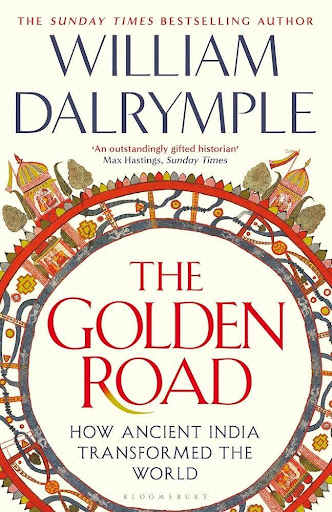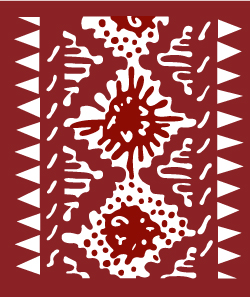September 2025 - The Golden Road
The Golden Road by William Dalrymple
The Golden Road – it could have been a textbook with a wealth of information, facts and figures thrown at us. 486 pages of which over 150 pages are notes and bibliography.
On the audiobook, William Dalrymple himself proposes his own new theory of how Ancient India was a key influence on the world at that time. Admittedly his insights are enlightening as to the breadth of Indian influence and undeniably there are all the traces of Sanskrit names, Buddhism, dance and ritual elements across where we are now. The Western sea route was an eye opener. However, the ‘cultural dissemination’ appears to be one way as it seemed to be adopted into foreign shores but there’s no discussion on how any element in their trade exchange was assimilated into Indian culture – not even a mention of Indian Chinese food!
Sanskrit is no longer a living language and Buddhism is not widespread in India. On the flip side, two elements that are foundational in Indian society today – Hinduism and the caste system did not appear to have spread. Of his key elements of Indian influence, we felt that the most important was the numbering system 1-9 and the 0 with zero, zepyr, sifar common in our languages; and of course, the elements of geometry, sequences (Ala Fibonacci) though he appeared to have downplayed the value added by the Middle Easterns.
Of earlier ideas and elements introduced by Dalrymple, it is interesting that Sanskrit is no longer a living language (or for that matter Latin, with Rome as a key Indian trading partner in Dalrymple’s narrative; whereas Persian and Mandarin – both ancient languages – are still much in use today).
Some things have remained constant through the ages – the politicisation of religion – Buddhism has a stronghold in China because of the ambitions of one Chinese concubine; whilst in a lot of Southeast Asia, it spread with the Srivijaya kingdom (as much via trade as soft power as proposed by Dalrymple). Religion remains a key factor of influence amongst the masses as with the rapid spread of Islam into the Indian subcontinent. Other constants include cultural dissemination and appropriation, diffusion and assimilation of ideas.

Whilst he laments the Western bias on the influence of the Silk Road, it is recognised that the Silk Road was a web of trading routes where goods were passed from one town to another, one caravan to another, rather than carried from end to end. The fact is that hoards of Roman gold have been found in India but not a single one in China. Did Roman coins never reach China? Or did the Chinese have no use for foreign coins and melt them down to make their own coinage? Nonetheless the Chinese influence has been far reaching and Mandarin remains a living language.
We are neither historians nor ancient specialists, and cannot be sure where Dalrymple’s writing is backed by hard facts versus his conjectures. In fact, to quote one of his critics Kiran Kumbhar, ‘In it he tackles very different time periods and subjects to ones he has worked on in his earlier historical work, and hence he relies heavily on existing academic writings by historians and other scholars (this book has Notes and Bibliography sections spanning 150-odd pages). I happen to be familiar with some of the writings he cited in this book. I was surprised, then, to see that many of his major arguments and conclusions differed in varying degrees, sometimes substantially, from those of his cited scholars — folks whose original research and arguments power Dalrymple’s new and important book.’
Review by Ket Ti Leong
